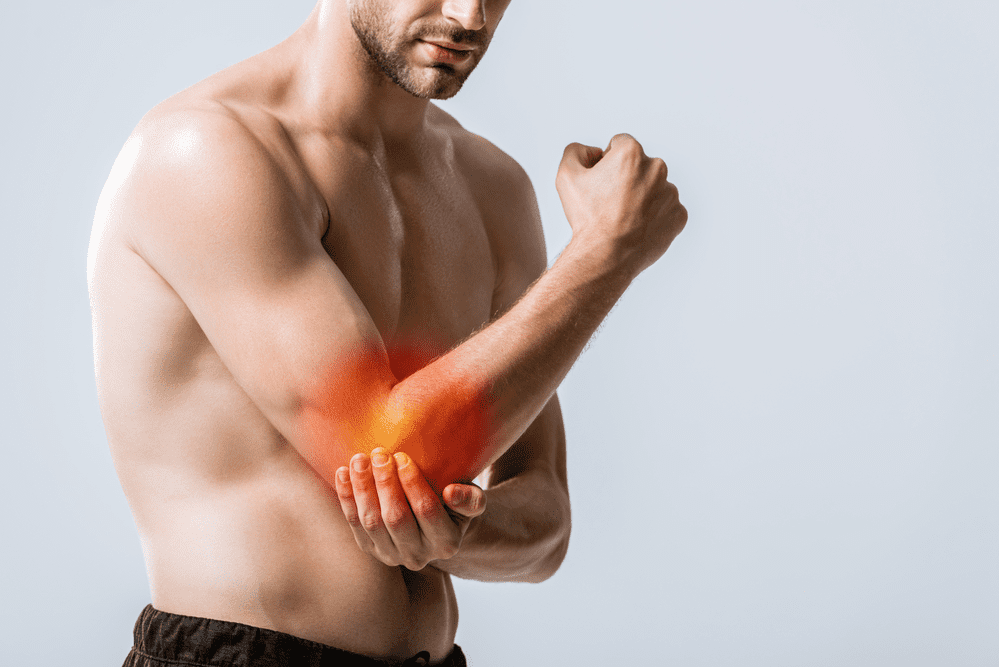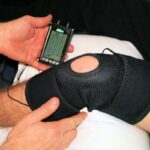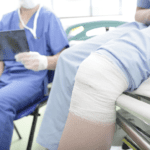Joint pain is a very common problem among adults of all ages. Knee pain, shoulder pain, and elbow pain are among some of the top complaints. But when does joint pain become a serious problem, and when should you seek medical attention? We at B3 Medical in Tampa FL help treat countless patients suffering from joint pain. Here is what you should know.
5 Signs Your Elbow Pain, Shoulder Pain, or Knee Pain May Need Medical Attention
When To Seek Medical Attention
Pain in the joints can occur at many points throughout an individual’s life. It is how your body tells you something is wrong and acts as a signal to rest or seek treatment. Pain can be caused by, but is not limited to, injury, a particularly grueling workout, fatigue, or disease. In most cases, joint pain will ease after a few days of rest or by taking over-the-counter medicine or performing simple daily exercises.
There are, however, instances where joint pain is a sign of something more serious. In these cases, proper medical attention may be required to get you back on your feet. If the pain is affecting your daily life, or you experience any of the following signs, then it is time to talk to a doctor.
1. Chronic Joint Pain
Chronic joint pain can last for months or even years and may lead to many negative physical, mental, emotional, and social side effects. It may originate from injury or illness, and sometimes chronic joint pain develops for no known reason.
2. Swelling, Redness, Warmth, and Tenderness
Swelling in the joints is due to an increase of fluid in the tissue surrounding the joints. Joint swelling can occur from injuries, infections, and different types of arthritis. Swelling is often accompanied by other symptoms such as redness to the skin, warmth, and tenderness in the affected area.
3. Reduced Range of Motion
Reduced range of movement means that you feel a limitation in the way a joint moves. Maybe you can no longer straighten your knee or roll your shoulder? This reduced motion may also be paired with pain. Loss of movement may be due to mechanical issues like muscle injuries, neurological problems like nerve damage, or infections.
4. Joint Instability
If a joint feels weak, unstable, or unable to hold weight, then it is likely that there is some sort of muscle, ligament, or tendon damage.
5. Numbness
Loss of sensation or a tingling feeling in a joint is generally down to nerve damage. This damage may be down to several factors and should be checked out by a doctor.
What Is Joint Pain?
Joint pain is defined as discomfort occurring in the joints of the body. There are three types of joints in the human body;
- Synarthroses, fixed, or fibrous joints – non-moveable (the bones of the skull)
- Amphiarthroses, cartilaginous joints – slightly movable (vertebrae of the spine)
- Diarthroses, synovial joints – freely movable (knee)
It is the freely movable joints that most people are referring to when talking about joint pain. These include ball and socket joints like the shoulder and hip joints, hinge joints like the knee and elbow, condyloid joint like the fingers and jaw, pivot joints like the forearm’s rotating ulna and radius bones, gliding joints like joint in the wrist, and saddle joints like the joint at the base of the thumb. Pain can affect one or many joints at once, depending on the root cause.
What Kind of Doctor Should I See?
You have decided to seek professional help for your joint pain, but now the question is, what kind of doctor should you seek help from? A physiotherapist? Chiropractor? Surgeon? Sports doctor? Your best option is to seek the advice of a pain specialist. At B3 Medical, we offer complete care under one roof, offering our patients access to fully licensed medical experts such as MDs, physical therapists, chiropractors, interventional pain specialists, and sports medicine experts.
We are committed to easing pain, improving function, and enhancing the overall health of our clients. At B3 Medical, we understand that each patient has unique pain and symptoms, and we work with them to create an individual treatment plan. Our focus is to identify the root cause of pain. We can then work to correct the issue and reduce pain without resorting to medication, opioids, and unnecessary surgery.
Treatment Options
The type of treatment offered for your joint pain will depend on the root cause of the pain. Patients may need just one form of treatment or may benefit from several treatments and pain management options. At B3 Medical, we offer an abundance of treatment options, including sports medicine, interventional pain, regenerative medicine, rehab, chiropractic care, primary care, physical therapy, massage therapy, neuromuscular therapy, and nutritional counseling.
If your pain falls into one of the below categories, you may be offered one or more of the accompanying treatment options:
Knee Pain
Injection-based treatments are used to coat and protect the knee joint, providing lubrication and lessening friction within the joint. Knee bracing stabilizes the joint, realigns, and redistributes pressure within the joint. Once the pain has been managed and mobility is restored, strength and conditioning should be prioritized to avoid future pain.
Back and Neck Pain
Injection-based procedures, such as trigger point injections, facet joint injections, and epidural injections, may help relieve pain and improve mobility. Platelet Rich Plasma (PRP) Therapy, a form of regenerative medicine, injects the patient’s own platelets to accelerate the healing of injured muscles, tendons, ligaments, and joints. Chiropractic care is applied to manipulate the spine and bring the body back into its natural alignment.
Neuromuscular therapy is a highly specialized type of soft tissue therapy that restores injured tissues and their normal function. Back braces can be used to straighten the spine, correct spinal curvature, and help stabilize the core muscles to promote healing and prevent further injury and pain. Physical therapy is often highly successful at reducing neck and back pain because therapists work to stabilize imbalances and weaknesses that can cause pain.
Hip Pain
Injection-based procedures, PRP, chiropractic care, physical therapy, and neuromuscular therapy may be options for treating hip pain. Massage therapy can also prove beneficial for those suffering from hip pain. Massaging and stretching the muscles of the hip can reduce tension, increase blood flow, reduce pain, and aid in healing and improving flexibility to the hip joint. Hip braces can reduce the stress across the joint, helping with alignment and natural healing.
Shoulder Pain
Injection-based procedures, PRP, chiropractic care, physical therapy, and bracing may all be ideal solutions for treating shoulder joint pain.
Ankle and Foot Pain
Treatments for ankle and foot pain can include injection-based procedures, PRP, chiropractic care, physical therapy, and bracing.
Elbow Pain
Those suffering from elbow joint pain may benefit from treatments such as injection-based procedures, PRP, and physical therapy.
We offer a whole new approach to healthcare at B3 Medical. We are devoted to reducing our client’s pain and giving them the opportunity to enjoy the activities and lifestyles that they love. If you are experiencing any form of joint pain, contact B3 Medical today and book in for a consultation with one of our medical experts. By working together, we’ll have you back to enjoying a pain-free life.



























